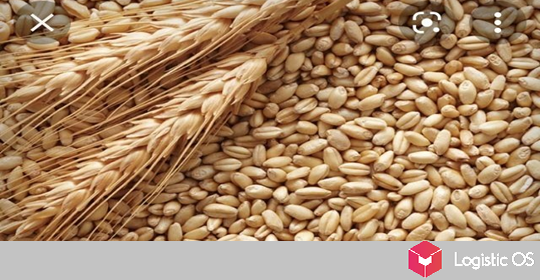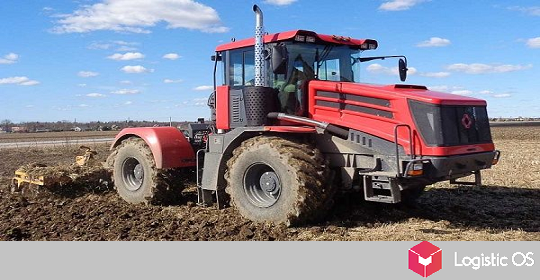Currently, most analysts predict that Russian exporters will face intense competition for their position in the global market.
This season, competition between various grain-producing countries is expected to intensify due to the fact that a large grain harvest has created a supply glut worldwide, experts believe.
In particular, in September, the US Department of Agriculture raised its forecasts for both wheat production and exports by major producing countries.
The European Union, which also managed to harvest a good crop in 2025, is expected to become one of Russia’s main competitors. This applies to its presence in markets such as Africa and the Middle East.
Therefore, it can be said that Europe is regaining its position as a grain exporter, which it partially lost in 2024, when the harvest was significantly lower than expected.
Furthermore, analysts are confident that exports from Australia, Argentina, and the United States will increase this season.
These are less significant competitors for Russia than Europe, but they will also need to be taken into account when developing its export strategy for the near future.
At the same time, a positive aspect is that demand for grain from major exporters is currently relatively stable. This allows us to expect that export volumes will not decline, and experts are confident that there should be no excessive pressure on prices.
Finally, for Russian exporters, much depends on the ruble exchange rate, which has recently shown a strengthening trend. This can be considered a negative trend, as a strong ruble reduces real revenue from each ton of wheat sold.
Furthermore, the cost of rail transportation cannot be ignored.
«We see that grain shipments via the Russian Railways network have decreased this year compared to 2024. This was an objective situation, because exports were also declining.
«Since there was no shortage of grain hopper cars and loading volumes decreased, freight rates also decreased slightly,» noted Ekaterina Zakharova, an analyst at the Price Index Center (PIC).
It’s worth noting that the southern regions, which suffered from drought, contributed less to Russia’s harvest this season, while the central regions and the Volga region contributed more.
As a result, export logistics will have to be restructured, which could create additional challenges for agricultural producers.

